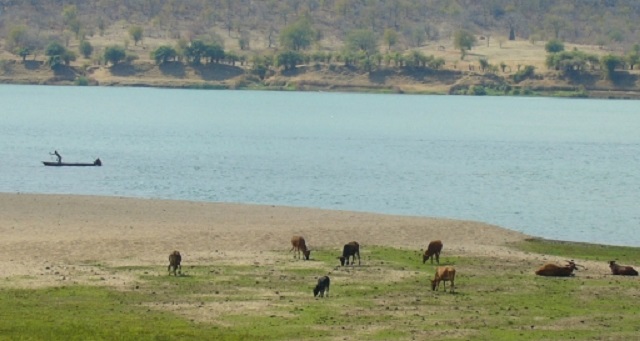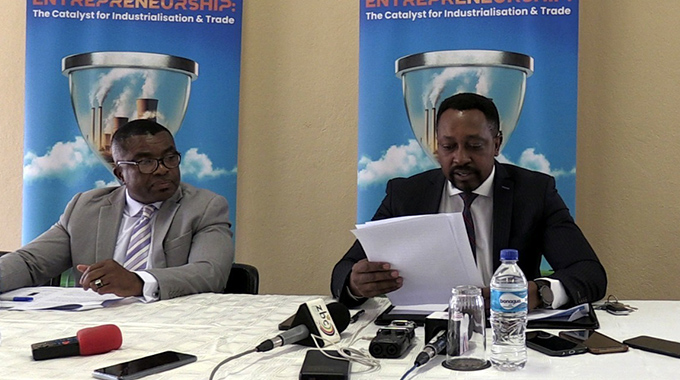Engineer proposes alternative Zambezi water project design

Leonard Ncube in Victoria Falls
A LOCAL engineering company has come up with a “smart” multi-million project design to draw raw water from the mighty Zambezi River to supply industry as well as export to neighbouring countries.
The design, named the Victoria Falls Gorges Green Power Project (VFGGPP), rides on the existing railway line and the Zimbabwe National Water Authority (Zinwa) infrastructure, with a pipeline linking the Zambezi River Basin (ZRB) to Bulawayo-Botswana and South Africa along the railway line.
The design aims to cut the estimated $2 billion project cost by 50 percent and is a proposed alternative to the National Matabeleland Zambezi Water Project (NMZWP), which has failed to take off since it was mooted in 1912.
The long awaited water project is meant among other things, to create a green belt stretching from Matabeleland North province to Bulawayo.
NMZWP is regarded as the panacea to water problems in Matabeleland Region with Sadc countries south of the Zambezi River also looking up to the project.
SouthPole Consulting Private Limited (SC), which was a fortnight ago awarded the Presidential Award of Distinction for outstanding research in the area of Renewable Energy by the Research Council of Zimbabwe (RCZ) in respect of the project, has concluded the design.
Engineer Tendai Tidings Musasa, the brains behind the project, said the modern Smart-Water-Grid (SWG)/smart technology project will cost far less than the NMZWP, which requires about $2 billion, with the pilot stage to commence mid-year requiring only $25 million.
Eng Musasa said besides providing local industry and export with raw water, the project is an infrastructure retrofit for National Railways of Zimbabwe (NRZ) as the pipeline will ride on already available railway equipment. He said the railway line is integral in the project as it provides readily available infrastructure needed.
“The idea came as I was pondering about how I can draw water to my farm. Seeing that I have to pump from the river then I realised this can be an alternative to NMZWP. In our design we have included the railway line because there will be need for an efficient transport system like railway to transport produce from command agriculture, for instance,” said Eng Musasa.
“The railway design matches the pipeline design as there are signal rooms, which are no longer being used and these will be used as pump houses. As engineers, it is up to us to innovate and come up with cost effective projects.
“This is why we are roping in the rail because it already has infrastructure, which means there won’t be a need for some civil works.”
Eng Musasa said the pipeline will run along the railway line to Botswana and South Africa, which in 2014 – signed a Water Commission Agreement with Zimbabwe targeting the Zambezi River Basin (ZRB) water supply projects.
“The project is basically a rail retrofit design to bring about a 21st century rail network and a Smart – Water – Grid mutual interoperability. The patented design is at least 700km railway servitude on the Victoria Falls-Bulawayo-Plumtree and Bulawayo-West Nicholson-Beitbridge rail routes assisted booster pump network, which will be an average 10km apart,” he said.
Along the pipeline farmers will be able to draw water for irrigation thereby creating a green belt. “The pilot phase of the project which is the feasibility study will start in the second quarter and this will determine the budget which we estimate to be less than $1 billion,” said Eng Musasa.
He said the concept involves planting turbines in water under the Victoria Falls Bridge, which will automatically start generating electricity to be used in powering the pipeline.
“There won’t be need for damming to produce electricity as power will be generated to a pump house. All we are doing is come up with an alternative to exploit the Zambezi Basin to develop the country and Africa,” said Eng Musasa.
@ncubeleon











Comments